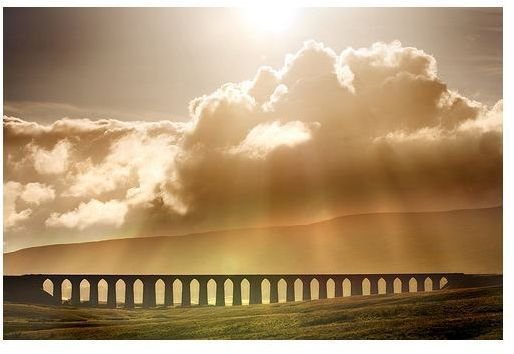Lighting With The Sun: Filmaking Techniques
Lighting With The Sun
Using the sun as your main light source may be convenient for the electrical department, but also is a challenge to work with–it still costs money, since money = time. Time especially matters when shooting outdoors. Everyone on the set needs to consider the time it will take to set up and shoot the scene since our sun produces various color temperature changes throughout any given day (notably on sunny days and partly cloudy days). Other challenges when working with the sun are dealing with harsh light and undesirable shadows. Read on for some tips and approaches you may use in order to make your outdoor shots look professional.
Color Temperature & Time
The varying color temperatures will be noticeable if not lit with the same color temperatures (usually a difference of 50 K isn’t noticeable though). Of course, there are ways to work around this constraint, but above all else, time will be a major factor for your project when shooting outdoors.
Sunlight has a color temperature of about 5600 K, and this produces a blueish hue versus Tungsten, an orange hue (about 3200 K) . A cloudy day without direct sun reads a color temperature beginning at about 9000 K.
Shadows & Light
Besides working around color temperature, the sun also poses other obstacles. As large as the sun is in its actual size, believe it or not, the sun is actually considered a small light source in the sky. Small light sources are notorious for creating more contrasts and harsher shadows (fast fall off lines), and are especially noticeable on close up shots and medium shots of the human face. Think of the sun as a spotlight that acts as a direct light source. Under these lighting conditions, you may not be pleased with the results. Harsher shadows create sharper lines and make a person’s face to appear rigid, and/or unattractive.
There are ways to diffuse the sunlight and/or create softer shadows where necessary. One way to do this is to put up a large scrim between the sunlight and the subject you’re shooting. However, a cost-friendly idea that works great for small budgets is to stretch a large diffusive-like material over pvc pipes, such as using a white linen bed sheet. The sheet acts like a scrim by diffusing the light hitting your subject. If the sheet is too thin, try doubling it. If it’s too thick, try a thinner material.
Clouds act as ‘natural’ scrims, but they may also produce major problems, especially if they’re moving fast across the sky. You may wind up with a bright well-lit subject in one shot, then a diffused one in the next.
More tips revealed on the next page…
Softening Shadows
Another way to soften shadows when shooting sunlight is to use a bounce card or reflector. This may be a mirror (but be careful with mirrors, they may be too strong and can be dangerous), a large white styrofoam board works great and is also affordable–it’s light, easy to carry, and reusable! The bounce card is placed on the opposite side of the face (the darker side) so that the sunlight may be bounced back onto the subject, softening the shadows. Have someone (out of frame), such as an assistant, hold up the card and have them move it until the light highlights the right areas of the shadows where needed.
There are other types of cost effective methods you may choose to experiment with besides using white bounce cards. For instance, you may choose to use a different color card (but, be aware the color shade of the card may not look appealing on the subject and/or look a bit awkward) If you need something stronger than bounce cards but not as strong as a mirror, you may use an automobile sun visor reflector. The disadvantage with these is that they do make noises that will interfere with your audio if not held or secured tightly.
Another technique, given you have a power supply or a generator at hand, is to set up another light source where the shadow side is. You may choose to use a blue gel (for instance, a Rosco #3202 ) over the light so that it matches the blue color temperature of sunlight.
Final Things to Remember
-
When using the sun, don’t be afraid to experiment, but do consider the time!
-
Because you can’t move the sun, move either: your subject(s), bounce card/ reflector, or your light source
-
Use bounce cards and/ or scrims for medium and close up shots.
-
For wide angle shots, you won’t need to use anything! Just shoot!
